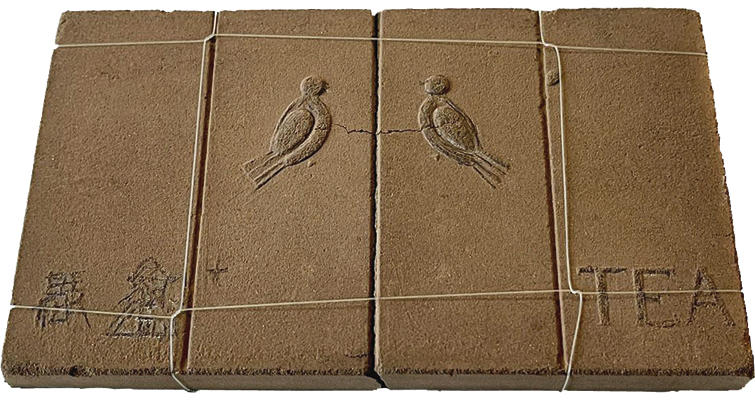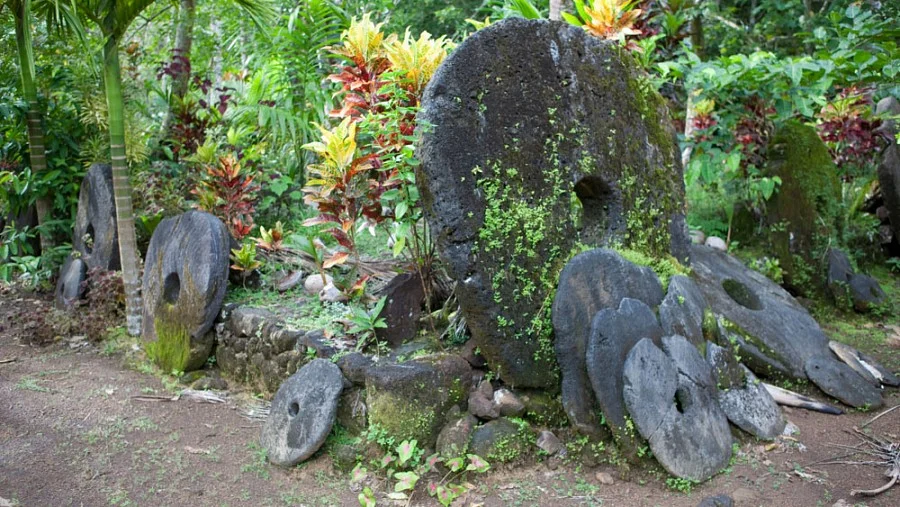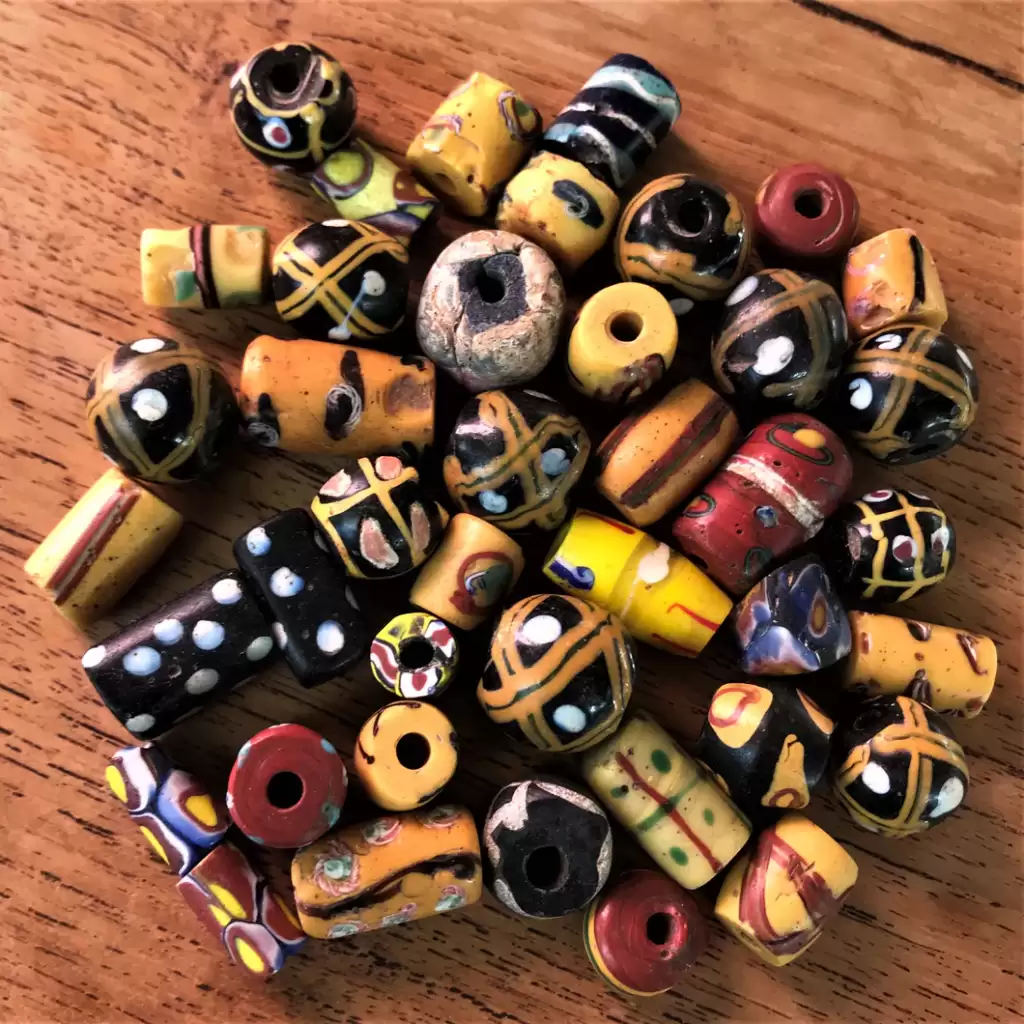Money makes the world go round, but have you ever stopped to think about the strange and fascinating forms it can take? The history of money is full of surprising and unusual examples. These unconventional currencies may not be widely used today, but they offer a glimpse into the creative and often ingenious ways that people have sought to facilitate trade and commerce throughout history.
Tea Bricks – Asia

Tea bricks were a form of currency used in parts of Asia, particularly China, Mongolia, and Tibet, from the Tang Dynasty (618-907 AD) to the early 20th century. These bricks were made by compressing tea leaves into solid blocks, making them easy to transport and store. Highly valued both as a sought-after beverage and as a medium of exchange, people could break off pieces of the brick to brew tea or use it in transactions. The value of tea bricks fluctuated based on tea quality and market demand. In regions where tea was scarce, they were highly coveted, highlighting their dual utility and importance in trade.
Rai Stones – Yap Island

Rai stones, huge limestone disks, served as a currency on Yap Island in Micronesia. Their sizes varied greatly, from a few inches to over 12 feet in diameter. Transporting these heavy stones required significant effort and often involved entire villages and long sea journeys. The value of a rai stone was determined by its size, historical significance, and craftsmanship. What set rai stones apart was that they rarely changed location once acquired, with ownership transferring through community-witnessed verbal agreements. This unique system of currency underscores the importance of social trust and communal agreements in maintaining economic stability.
Gold Dust – West Africa

In West Africa, gold dust was a trusted form of currency, particularly in areas like Ghana, where gold was abundant. This practice, dating back to at least the 14th century, continued well into the colonial period, with traders carrying small scales and measures to carefully weigh the gold dust, ensuring accurate transactions. Despite its susceptibility to loss or mismeasurement, gold dust remained a vital medium of exchange. It facilitated extensive trade networks across West Africa and beyond, speaking to the resourcefulness and ingenuity of West African traders and merchants in capitalizing on the region’s natural resources.
SEE ALSO: The Binance Ripple Effect: Nadeem Anjarwalla’s Arrest and Its Impact on Nigeria
Glass Beads – Africa and America

Glass beads served as a vibrant currency in various parts of Africa and the Americas, particularly during the era of European exploration and colonization (16th-19th centuries). These brightly colored and intricately designed beads were not only used in trade but also adorned as jewelry, holding significant cultural value. They played a prominent role in rituals and ceremonies, and their value varied widely depending on their color, size, and origin. The use of glass beads as currency illustrates the blending of aesthetic and economic values, as well as the influence of cross-cultural exchanges.
Feather Money – Santa Cruz Islands

Feather money, also known as tevau, is a unique and exquisite currency from the Santa Cruz Islands in the Solomon Islands. Made from intricately woven tiny red feathers from scarlet honeyeater birds, this delicate and beautiful currency was not only a medium of exchange but also a symbol of wealth and social status, requiring extensive labor and skill to create. Used primarily in the 19th and early 20th centuries, feather money was highly valued for its craftsmanship. It was used to settle important obligations, such as marriage payments, until the 1980s. Its construction involves gluing the red feathers to a plant-fiber base, then attaching them to larger grey pigeon feathers, building up from the midpoint to form a long coil. Feather money stands as a remarkable example of natural material currency, demonstrating the intricate craftsmanship and cultural significance embedded in this form of money.
Conclusion
The history of money showcases the incredible diversity and creativity of human societies in developing mediums of exchange. From tea bricks in Asia to feather money in the Santa Cruz Islands, these unconventional currencies reveal the ingenuity and resourcefulness of people in facilitating trade and commerce throughout history. They also highlight the cultural, social, and economic contexts that shaped the development and use of various forms of money, offering a fascinating glimpse into the past and the evolving nature of trade.


